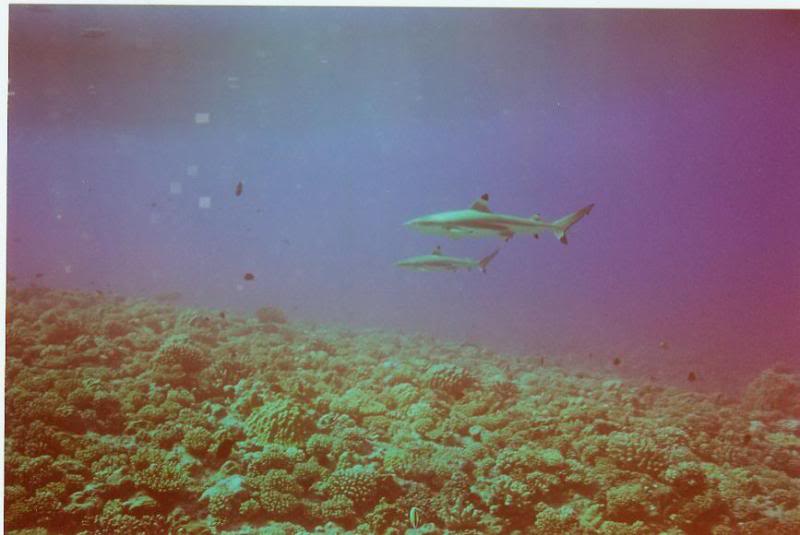I saw tires, old engines, bottles and cans directly off the beach in Tahiti, and the worst was in Indonesia, where as I was snorkeling trash bags and bottles were brushing against my face.
Tahiti, especially Bora Bora and many small Islands have a problem in that they have no land fills to dump garbage. Bora Bora doesn't even have a road that goes inland. It is hard and expensive to get rid of large items like cars, washimg machines etc so they lay around to rot or they dump them in the sea. The small Caribbean also has that problem so you see abandoned cars all over the place just rusting away as it is expensive to get rid of them.
Bora Bora.



















